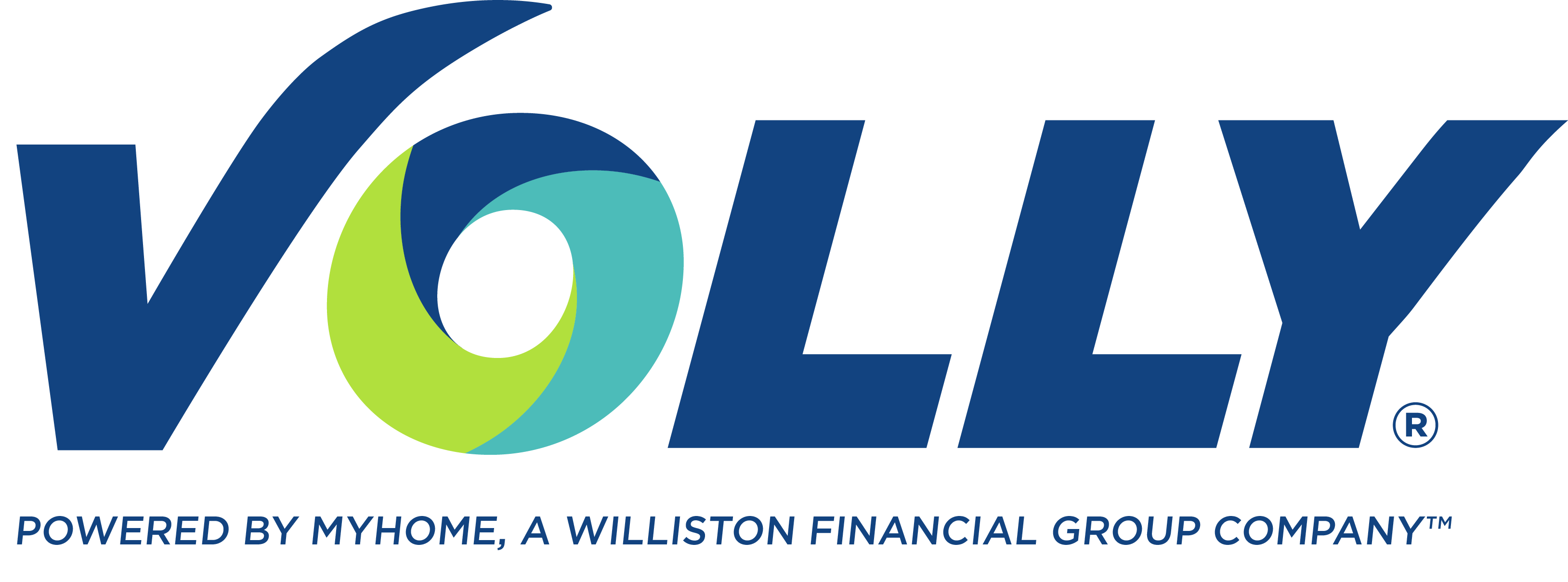The Secrets to Success in a Rising Rate Environment
Six rate hikes by the Federal Reserve in just eight months? You have to go all the way back to 2005 to find another year with as many increases. The Fed raised its benchmark rate eight times in ’05—after every one of its meetings, in fact—in reaction to elevated inflation and economic uncertainty following the devastation caused by Hurricane Katrina.
What makes this year’s Fed policy so unique is the amount of the increases. In 2005, each Fed hike was only 25 basis points. This year, four increases were 75 basis points and a fifth was 50.
The benchmark rate’s current range of 3.75% to 4% is up considerably from just a few years ago. However, it is important to note that the Fed considers a range of 2.0% to 5.0% to be its sweet spot for maintaining a healthy economy. Also, the current range is significantly lower than the double-digit figures seen throughout the late 1970s and early 1980s that were due to high unemployment and hot inflation.
Of course, rate-hike decisions do not directly set mortgage interest rates. But the Fed’s policy of incrementally raising its benchmark rate can indirectly affect the rates on home loans.
Rates were how high?
As interest rates climb, it is important to keep these increases in perspective. In 1981, for example, rates were an astounding 18%. Consider this: A buyer who secured this rate and purchased a home for $384,800 (the current median existing home sales price) would have a monthly mortgage payment of $5,799!
Rates were still in double-digit figures as recently as 1990. Also, during the country’s housing boom in 2005 and 2006, the annual average rate was 5.87% and 6.41% respectively—numbers that did not deter buyers from purchasing properties.
Regardless of where rates go in the future, many economists believe that any ticks upward should be viewed as a short-term negative/long-term positive—that rising rates are a normal part of healthy economic growth.
What rising rates mean for your buyers & sellers
Let your clients know that in the short term, rising rates typically motivate buyers to quickly move forward with their purchase plans before rates climb even higher. However, on the plus side for buyers, the long-term impact of rising rates is that housing demand cools, putting an end to surging price growth. In fact, home prices are down 2.6% since June—the steepest drop since early 2009.
Also, many economists have pointed out that the recent wage increases for Americans—the October Employment report revealed that hourly earnings were up 4.7% year over year—may offset the impact rates are having on housing affordability.
As for your clients looking to refinance, let them know that there are still opportunities to do so. Escalating property prices have led to soaring home equity. A borrower who did not have enough equity to refinance 12 months ago, may have enough now to qualify for the most competitive interest rates.
According to mortgage analytics company Black Knight, “tappable equity”—the amount available for a mortgage holder to access while retaining at least a 20% equity stake in their home—hit $11.5 trillion in the second quarter of 2022. Additionally, the average U.S. homeowner had $216,900 in tappable equity, up 5% from Q1 and 25% from the same time last year.
How to gain an edge
Our current rate environment has very likely made you anxious, too. Before panicking, understand there are steps you can take to ensure your business remains successful. Follow these best practices to gain an edge in our current rising rate environment.
Sell homeownership’s financial benefits
Due to rising interest rates, more potential buyers are sitting on the fence, waiting for rates to start trending downward, or putting off their home purchases all together. This is understandable, but it may not be a wise financial move.
Let your clients know that real estate continues to be one of the safest investments a person can make. Also, inform them of how homeownership can help increase their net worth over time. According to U.S. census data, home equity and retirement accounts combined made up more than 60% of a typical household’s wealth. Also, the average homeowner had a median net worth more than 80 times greater than the average renter.
Finally, let them know that purchasing a home is one of the best ways to hedge against red-hot inflation, primarily because home values typically rise when inflation does. A recent Bankrate article stated that home prices grew slightly faster than the rate of inflation when measured over an extended period of time. Said Greg McBride, chief financial analyst for Bankrate: “The recent spike in inflation was preceded by a surge in home prices that insulated homeowners in a way that renters were not.”
Sell homeownership’s personal benefits
Research has consistently proven the long-term social benefits of owning a home. Feel free to share this information with your clients.
- Studies of homeownership and health outcomes have found that homeowners and children of homeowners are generally happier and healthier than non-owners. Studies have also found that the wealth-building effect of ownership and the sense of control it provides positively impacts a homeowner’s mental and physical health.
- Homeowners are more likely to participate in local elections, civic groups, and their neighborhoods compared to renters.
- Areas with higher ownership rates are more likely to have programs that deter crime, such as neighborhood watches. Also, individuals who invest in an area typically have more incentive to keep it safe.
Focus on service
Loan officers are defined by the service they provide—and this is especially true in high-rate environments. If your customers have a problem, respond promptly and find a quick and effective solution. This is especially necessary during the loan application process. A recent report from data company Finicity revealed that 89% of borrowers found applying for a mortgage to be just as stressful or more stressful than purchasing a home.
Additionally, emphasize to borrowers how you can provide a fast and efficient home financing process. In today’s digital world, borrowers want an easy application process and the ability to close their loan in under 30 days, so stressing that you can deliver both is essential.
Make an emotional connection
Clients can experience a wide range of emotions during the homebuying and selling processes. After all, for the majority of them, purchasing and/or selling a home is the biggest financial decision they will make in their lifetimes.
For example, a buyer navigating the process for the first time is often nervous and uncertain. A client who has previously purchased and/or sold a property can be confident and self-assured. And it is not usual for a client selling a longtime residence to experience sadness and regret. Recognizing and understanding your clients’ emotions will help you forge stronger connections, allowing you to better determine their needs and identify solutions that work best for them.
Ready to connect?
We hope these ideas help you thrive in our current rising rate environment. However, if you want to position your business for greater success, you may need to work with an industry-leading marketing partner.
This is where Volly can help! Contact us today for a demo and to learn more about how we can be your valued marketing partner.

